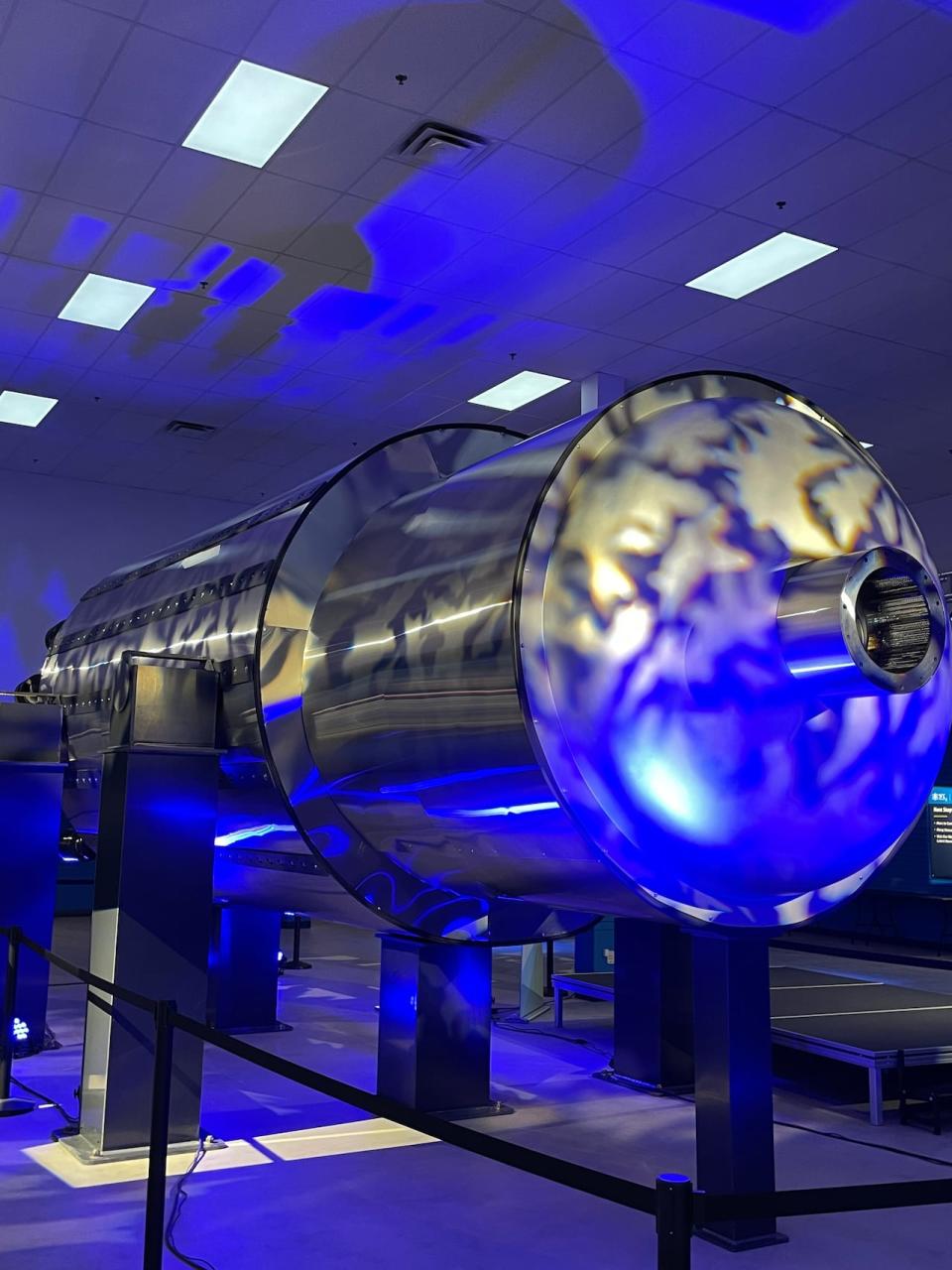Sask. hopes to be first in world to employ new nuclear power technologies
Saskatchewan is looking at being the first place in the world to add nuclear-powered microreactors and small modular reactors (SMRs) to the grid, but one environmental critic calls them a "dangerous and expensive" option.
The microreactors would be used to power remote northern communities, while the SMRs would be used for larger population centres and industrial sites, such as coal mines.
The Saskatchewan Research Council (SRC) has been researching and planning for the project. Last year, the provincial government gave the council $80 million to pursue licensing fees for nuclear projects.
These nuclear reactors will be very expensive, but there are currently no details on how much they will finally cost.
"The [microreactor] that comes into Saskatchewan will be a global first of a kind," said Mike Crabtree, CEO of the SRC.
The two projects are separate and produce power on two different scales.
Microreactors, which can produce 20 megawatts of energy, have a lifespan of eight years, and could power up to 5,000 homes in remote areas.
SMRs are much bigger, producing as much as 300 megawatts, which is enough to power 300,000 homes. They also have the capacity to power larger industrial sites, such as coal mines.
"We've suffered the bad effects of coal-produced electricity for decades," said Paul Day, a Reuters journalist based in Toronto who often writes about nuclear power. "If we can get these up and running within 10 years, then you're talking about an enormous amount of electricity relatively cheaply [and] emission free."
Critic has doubts
Microreactors are considered a net-zero power source, and while the government considers them an environmentally friendly step forward, some climate activists disagree.
"We oppose the SMRs in Saskatchewan," said Cathy Holtslander, a member of the Clean Green Saskatchewan Coalition. "We don't think it's the right solution for Saskatchewan's energy needs, and that it is a short term, dangerous and expensive solution that will delay real climate action."

SaskPower has chosen a potential site near Estevan for an SMR, a location that already has a lot of power infrastructure, with a final investment decision scheduled for 2029.
The Clean Green Saskatchewan Coalition argues building the larger nuclear reactors isn't worth it in the long run.
"SMRs have a fairly short lifespan of about 60 years maximum," Holtslander said. "Then they have a huge amount of waste and costs that come into play when decommissioning.
"For a few decades of energy, are we going to put the cost of the waste on future generations to look after in perpetuity?"
There are no SMRs operating in North America, although Ontario Power Generation in Darlington, Ont., is planning one.
LISTEN | What role should small nuclear reactors play in meeting Saskatchewan's net-zero goals?:
Saskatchewan could be the first place in the world to use a smaller microreactor, but it could take up to 10 years for it to be implemented.
"There are a number of areas that you've got to work in to bring something like a microreactor — in particular, the first of a kind," Crabtree said.
"There's a technical piece, the funding commercial, but by far the most challenging of that and time consuming is the licensing, the regulatory and of course the public engagement piece which is implicit within that."
Although the project is still more than a decade away from completion, Day said the timeline is realistic.
"We need a base load that produces 24/7 and nuclear really is that," he said. "It is going to take a little while. I think in the long-term decarbonization goals that we have, the time frame is fairly reasonable.


